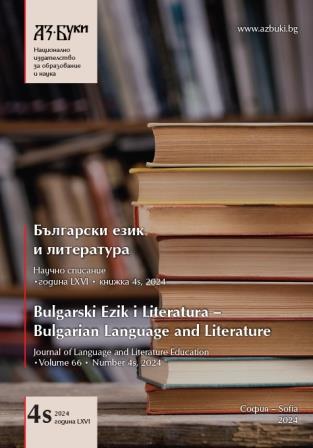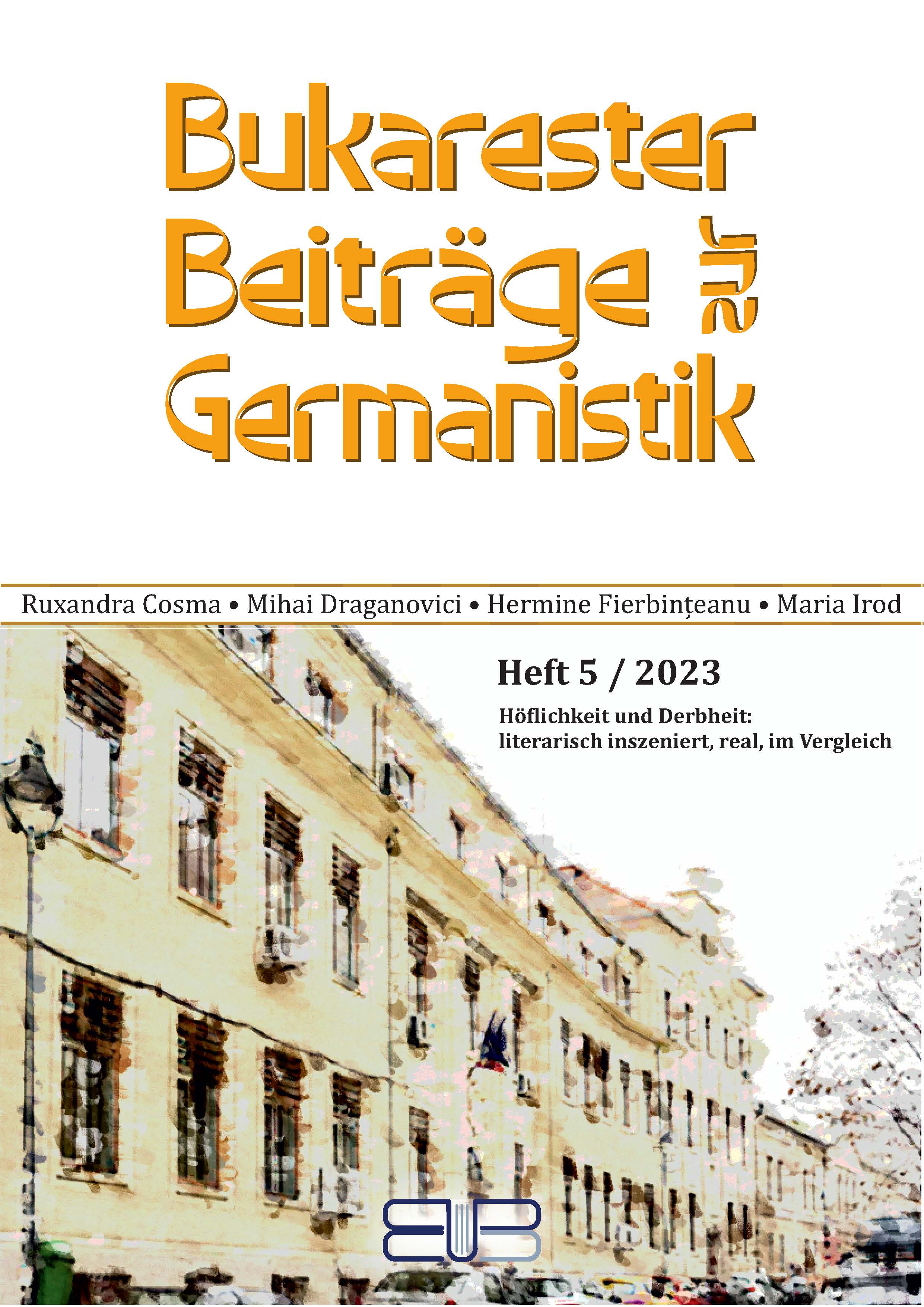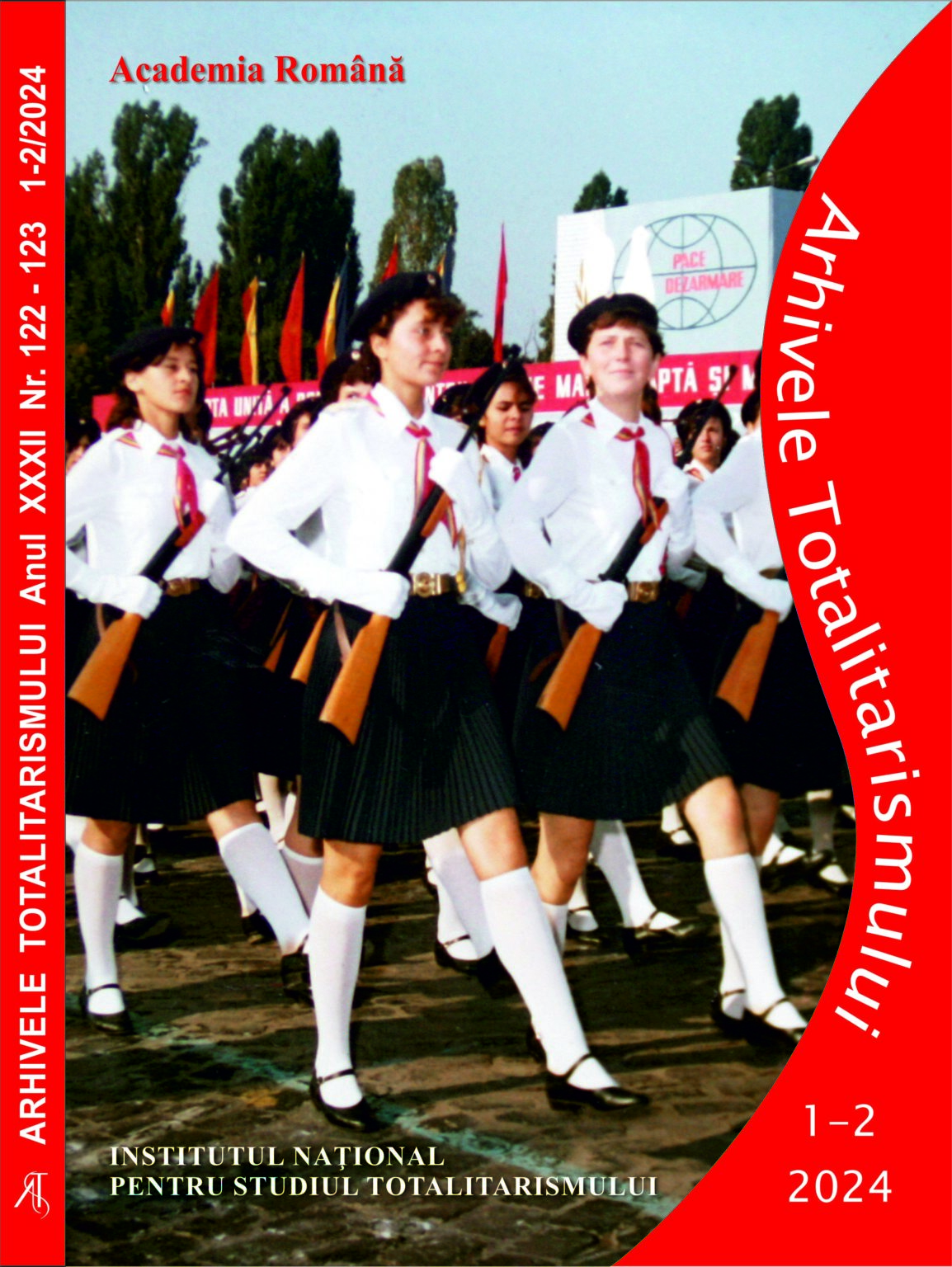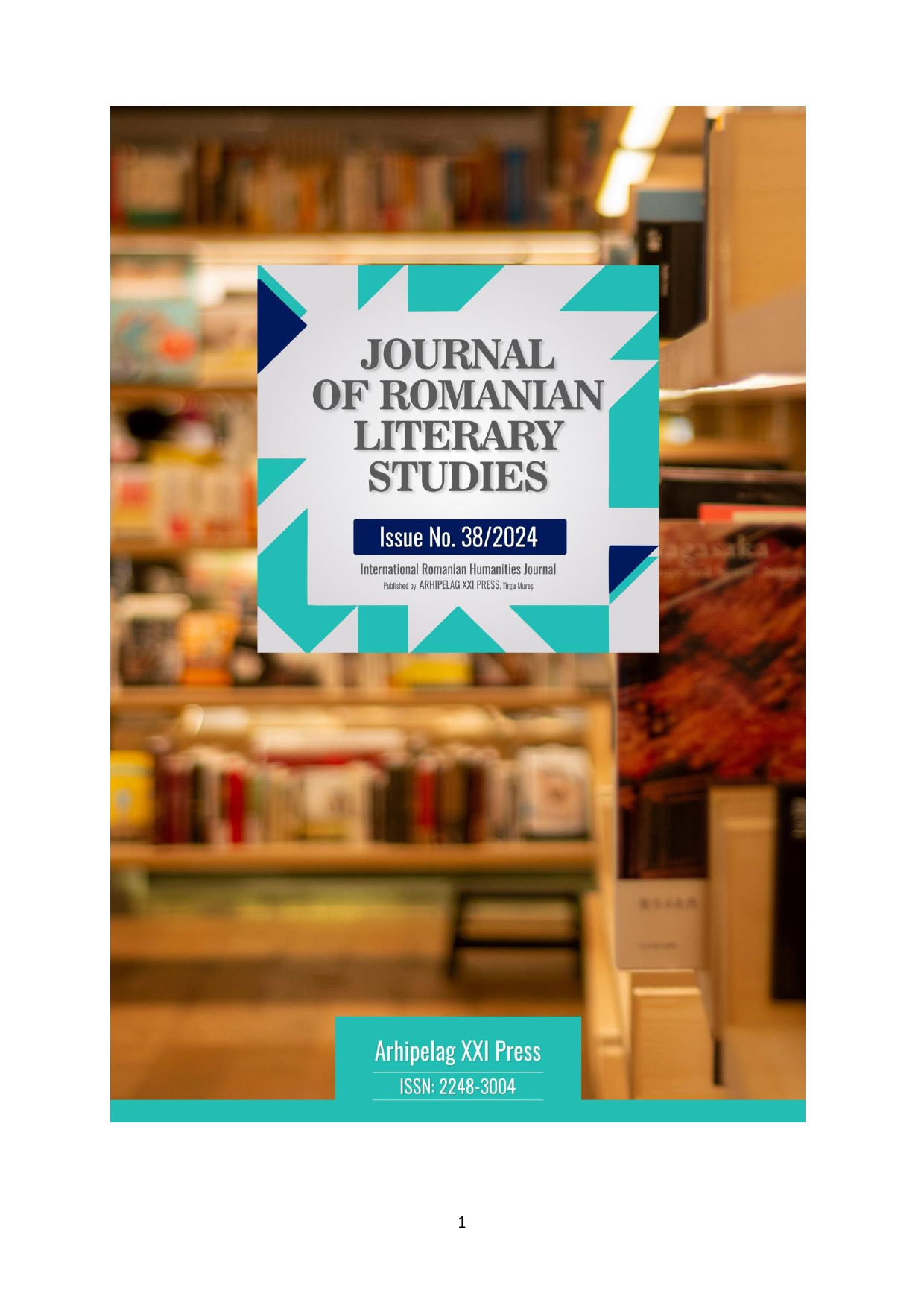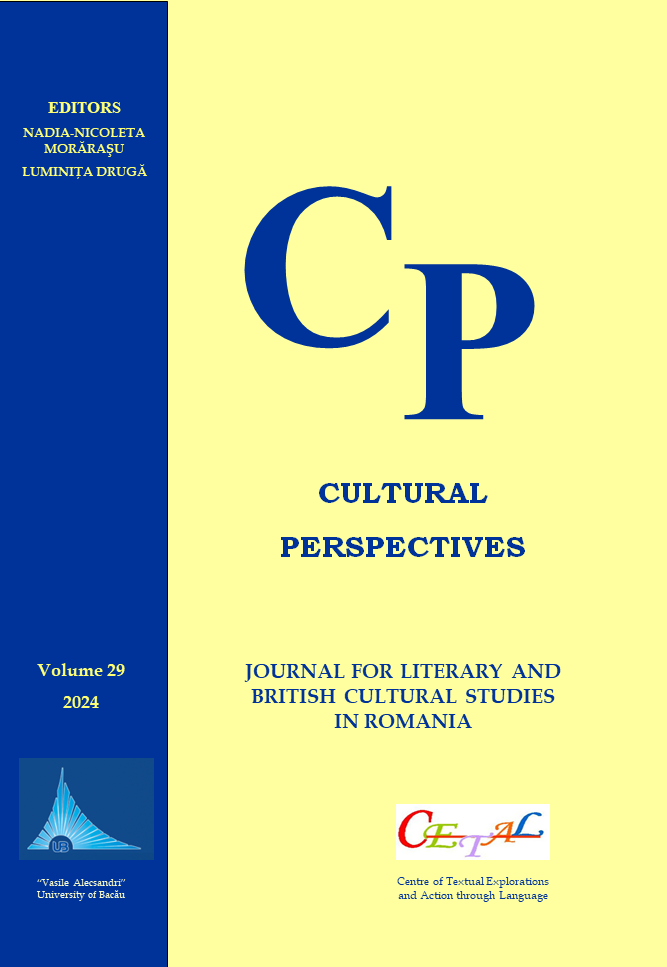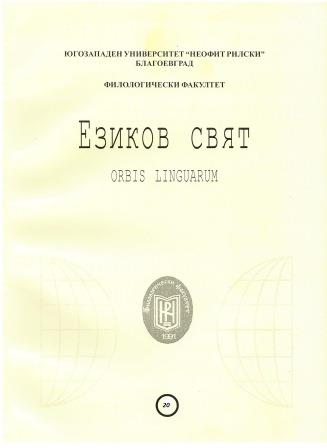
ФАНТАСТИКА И РЕАЛНОСТ В РОМАНА „ЖАРИ В АФРИКА“ ОТ ЕМИЛ КОРАЛОВ
The deals with the novel “Zhari in Africa” by Emil Koralov, published in 1942. The author of the paper focuses on the fantastic in the novel – the mechanisms that realize it, the relations between fantasy and realism. She pays attention to the adventure, the education, the cult of the science and the Utopia in view of the fact that this novel was created for children. Fantasy is a relatively young genre in contemporary Bulgarian literature. It was created under the influence of the translated literature and its beginning can be traced in diabolism. Between World War I and World War II far more fantastic books for children were published than for the adults. Such books were written by Emil Koralov, Elin Pelin, Nikolay Fol, etc. The accent is on adventure, travels in unknown lands and seas, and new technologies. The authors use some motifs from folklore and mythology. Emil Koralov was one of the first authors who wrote science fiction in the field of children’s literature and he was actually the most prolific writer between the World War I and the World War II. He wrote more than twenty novels for two decades. These novels were published in sequential instalments on the pages of the literary newspaper for children and teenagers “The Jolly Company”. Then these novels were exceptionally popular.
More...
